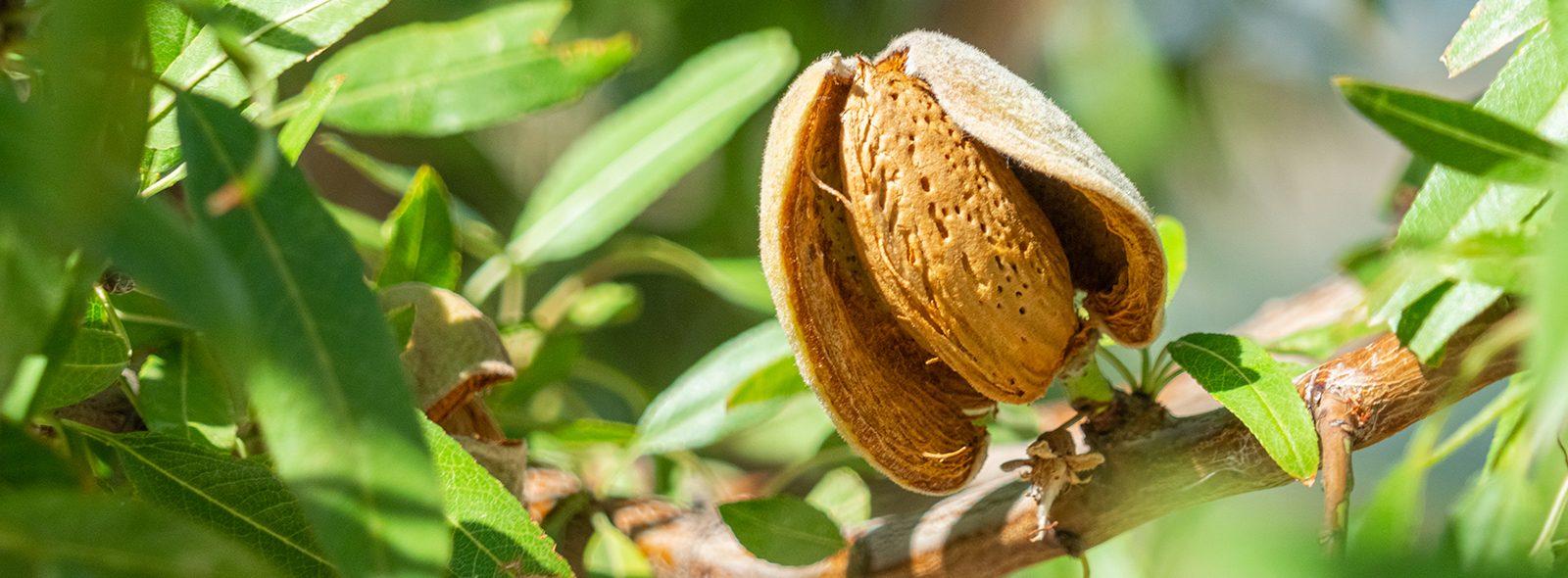
Buy fruit trees grown in Melbourne soil.

Choose from the best variety of almond trees.

Our horticulturists give you the best tips and tricks.

We’ll have almond trees delivered to your doorstep.
130 Old Geelong Rd
Hoppers Crossing
VIC 3029
Monday - Saturday: 7 am–5 pm
Sunday: 10 am–3 pm
These hours are subject to change on public holidays

Melbourne is a great place to grow almond trees. The climate is mild, and the soil is fertile, making it possible to produce a high yield of nuts. However, there are a few things to keep in mind when growing almonds in Melbourne. First, it is essential to select a sunny location for the tree. Almonds need at least six hours of sunlight daily to produce a good crop. Second, the tree will need regular watering. It is best to water early in the morning, so the leaves have time to dry before nightfall. Finally, extra care will be needed during the flowering period. Almond trees are susceptible to frost damage and winter chill, so it is important to monitor the weather forecast and take steps to protect the flowers if a frost is forecast. By following these tips, you can enjoy a bountiful crop of fresh almonds from your very own backyard.

Almond trees should be pruned in late winter or early spring before the new growth begins. This will help to promote strong new growth and prevent overcrowding. Prune away any dead or damaged branches from the young tree and any branches crossing or rubbing against each other. Also, remove any suckers growing from the tree's base. With proper care, your almond tree will provide you with many years of beauty and enjoyment.

Melbourne has a temperate climate, with warm summers and cool winters. This makes it an ideal location for growing various fruit and nut trees. Almond trees require well-drained soil and full sun to produce a good crop. They are also quite drought-tolerant, so that they can be a good choice for areas with limited rainfall. When choosing a site for planting, it is essential to avoid frost pockets, as these can damage the flowers and reduce the crop yield. Almond trees can be successfully grown in most parts of Melbourne, given the proper care and attention.

Almond trees are stone fruit that grows in warm, sunny climates. They are native to the Mediterranean region and require temperatures above freezing to produce fruit. In general, almond trees will not thrive in areas with cold winters and cool summers, such as Melbourne. However, there are a few varieties of the almond tree that are more tolerant of cooler weather. If you live in Melbourne and are interested in growing an almond tree, speak with our team of horticulture experts.
Almonds are native to Mediterranean countries and were introduced to Australia in the 19th century. Almond trees require a warm climate with well-drained soil, and they are typically grown in areas with mild winters and hot, dry summers. In Australia, almond trees are generally planted in late winter or early spring. Flowering occurs in late spring or early summer, and the fruits are typically harvested in late summer or early autumn.
Almond trees are a type of deciduous fruit tree, which means they lose their leaves every year. They are native to warmer climates and can live for up to 100 years. Almond trees start bearing fruit after 4-6 years and continue to produce almonds for 20-30 years. The peak production period is typically between 10-15 years. After that, the number of almonds produced begins to decline, although the tree will still have some fruit until the end of its life because it is self-pollinating.
Almond trees are a type of deciduous tree, meaning they lose their leaves every winter. They typically produce flowers in early spring, and the nut is ready to harvest in late summer. For this reason, the best time to prune almond trees is in late winter or early spring, before the trees begin to leaf out. When pruning, remove any dead or diseased branches, as well as any crossing or rubbing against each other. In addition, thin out the branches to allow more light and air to reach the tree's centre. Finally, cut back any suckers that are growing up from the roots. With proper care and pruning, almond trees will produce many delicious nuts for years.
Peach leaf curl is a disease that affects peach, nectarine, and almond trees. The fungus attacks the leaves of the tree, causing them to thicken and distort. The leaves may also become discoloured or covered in spots. While peach leaf curl does not typically kill the tree, it can weaken and make it more susceptible to other diseases. In addition, peach leaf curl can affect the quality of the fruit produced by the tree. For these reasons, preventing peach leaf curl from infecting your trees is important.








